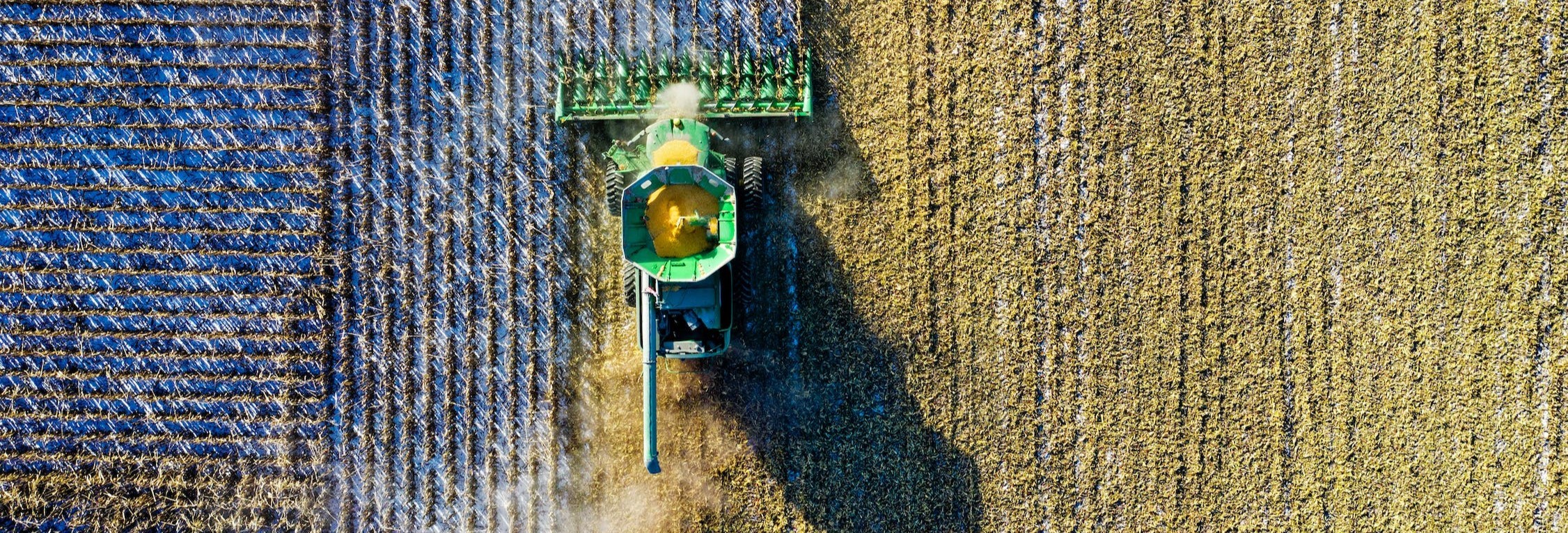Abstract
In 2015, the corn-infecting pathogen Phyllachora maydis (causal agent of tar spot disease) was reported for the first time in the United States. The disease has since spread across the US, causing major yield losses. In 2021 alone, 5.88 million metric tons (231.3 million bushels) of US corn yield were lost to this disease, costing an estimated US$1.25 billion. Though fungicides can protect against these agroeconomic losses, application timing can be difficult to optimize because our understanding of tar spot dynamics is still evolving. The current view is that tar spot typically develops bottom-up through a repeating infection cycle. Because signs and symptoms are usually seen first on the lower leaves then sequentially up the plant, it has been assumed that the infection of the lower leaves fuels that of the middle leaves, which then fuels infection of the upper leaves. We explored this idea by using data-driven modelling techniques to gain deeper insights into the vertical dynamics of sign/symptom development. We found that the probability of bottom-up, or even top-down, tar spot sign/symptom development is incredibly low. In striking contrast to conventional assumptions, it seems that the disease re-circulates at each leaf canopy level without any sizable influence from other levels. Though tar spot may appear to develop bottom-up, our model is showing that this pattern is not due to a repeating cycle of infections up the plant. These findings provide a more data-driven, mechanistic view of tar spot epidemiology and what it could mean for its vertical-temporal development
Start Date
7-3-2024 10:30 AM
Recommended Citation
Lane, Brenden; Ramírez-Gil, Joaquín Guillermo; Góngora-Canul, Carlos; Campos, Mariela Sofia Fernandez; Cruz-Sancan, Andres; Jiménez-Beitia, Fidel E.; Acosta-Guatemal, Alex G.; Sic, Wily; and Cruz, C. D., "Modelling the "Bottom-Up" Development Pattern of Tar Spot Disease in Corn" (2024). Graduate Industrial Research Symposium. 2.
https://docs.lib.purdue.edu/girs/2024/posters/2
Included in
Agronomy and Crop Sciences Commons, Biosecurity Commons, Botany Commons, Data Science Commons, Plant Pathology Commons
Modelling the "Bottom-Up" Development Pattern of Tar Spot Disease in Corn
In 2015, the corn-infecting pathogen Phyllachora maydis (causal agent of tar spot disease) was reported for the first time in the United States. The disease has since spread across the US, causing major yield losses. In 2021 alone, 5.88 million metric tons (231.3 million bushels) of US corn yield were lost to this disease, costing an estimated US$1.25 billion. Though fungicides can protect against these agroeconomic losses, application timing can be difficult to optimize because our understanding of tar spot dynamics is still evolving. The current view is that tar spot typically develops bottom-up through a repeating infection cycle. Because signs and symptoms are usually seen first on the lower leaves then sequentially up the plant, it has been assumed that the infection of the lower leaves fuels that of the middle leaves, which then fuels infection of the upper leaves. We explored this idea by using data-driven modelling techniques to gain deeper insights into the vertical dynamics of sign/symptom development. We found that the probability of bottom-up, or even top-down, tar spot sign/symptom development is incredibly low. In striking contrast to conventional assumptions, it seems that the disease re-circulates at each leaf canopy level without any sizable influence from other levels. Though tar spot may appear to develop bottom-up, our model is showing that this pattern is not due to a repeating cycle of infections up the plant. These findings provide a more data-driven, mechanistic view of tar spot epidemiology and what it could mean for its vertical-temporal development


